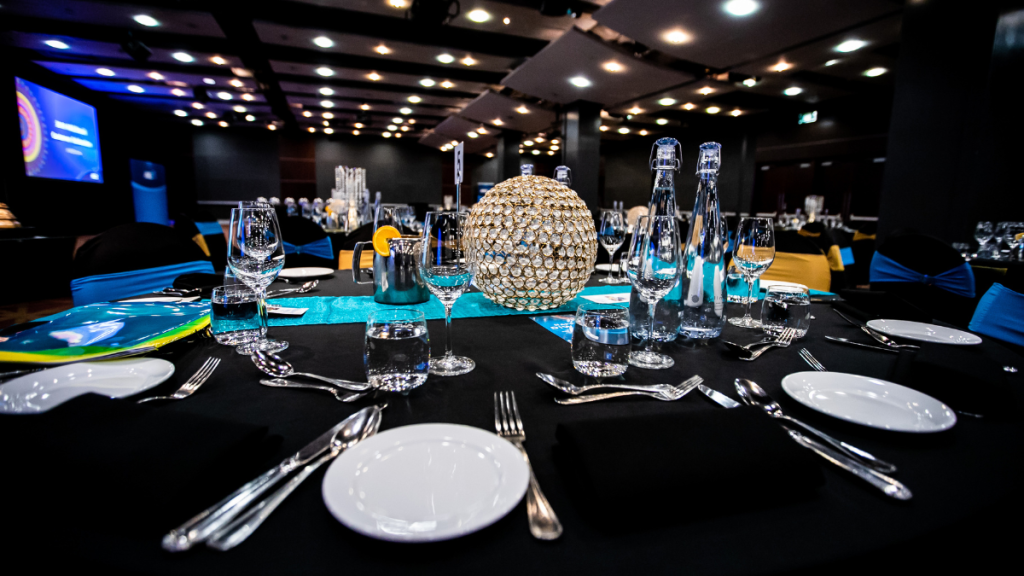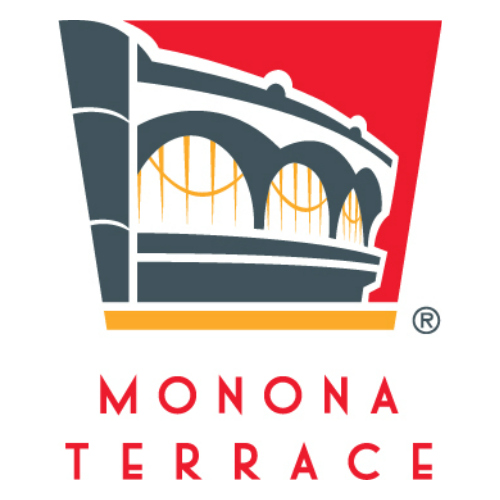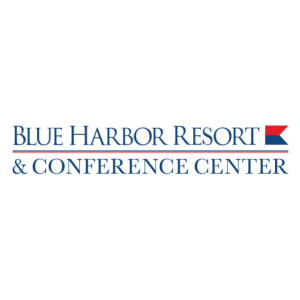7 Tips for Planning Attention-Grabbing Event Décor on a Budget
07/16/2024
By Catherine McCoy
While décor is an important component in event planning, recent economic shifts have created new challenges for event planners. Over the last few years, delivery fees, rental costs, labor costs and mileage fees, damage waivers and taxes have increased significantly, and event planners are struggling to determine the best way to outsource rentals and décor.
In the midst of these factors, décor is often one of the first places that clients look to scale back. As Josh Wimmer at Bartolotta’s Catering & Events explains, “Prices have gone up, while budgets have stayed the same or decreased. Décor, first and foremost, suffers because it is the easiest way to save money.”
Despite these challenges, events bookings remain high, and décor is still a valuable piece of making the event come together. As event planners work to maintain the overall ambience that the audience desires, consider these seven ways to tactfully plan event décor to contribute to the ambiance while maintaining the overall budget.
1. CLARIFY THE EVENT’S PURPOSE AND GOALS
As planners take on new events, it can be tempting to jump immediately into the details of making it come together. Before doing so, ensure that you and the client are aligned on what the event aims to achieve. Is it a celebration or commemoration? Is there a monetary donation goal? As the event’s goals are clearly defined, planners can then determine the best décor and experiential elements to add to the overall guest experience.
2. DETERMINE BUDGET BASED ON EVENT PRIORITIES
Once you’ve aligned on what the event seeks to achieve, create priority lists and plan décor accordingly. As all events have different objectives in mind, it is important to determine how much of a priority décor is within the overall budget.
“Sometimes flowers are a high priority for clients, whereas others are more drawn to stationery or linens. We will budget more funds towards categories that are higher on that list,” said the event planning team at Blue Fancy Events.
It is also helpful to obtain multiple quotes for décor pieces, and evaluate the offer based on industry standards and quality. Research events of similar size and function and base the décor budget off this benchmark. From there, work with vendors to determine two to three price points and give options of similar quality, utilizing varying features.
Planners should also encourage their clients to spend budget on event décor where it counts. For example, remind them that cocktail hour is reserved to 60 minutes, and guests are often focused on mingling or making a bee line for the bar. Make décor for this timeframe intentional and minimal and focus larger décor pieces on areas that will obtain more guest attention.
3. FOCUS ON A FEW HIGH IMPACT AREAS
The aesthetic is what makes an event memorable for guests, as it contributes to the broader experience and client goals. If décor is intended to be experiential, focus on areas that will garner the highest guest traffic.
As Tera Stamm of Windy City Linen explains, “Décor is tactile – you want to enhance the guests’ senses. That comes through touch, sight and smell. [Factors like] linens give texture and touch, florals give smell and décor, backdrops, ceiling enhancements and printed signs awaken the sight.”
Review the event timeline and map the guest footprint – consider whether they will spend most of their time seated at dinner or perusing a silent auction, for example. By aligning the décor with the event timeline, it makes it easier to be intentional about where décor can enhance the guest experience. “In the linen world, just changing a table linen from white to the color of the company logo or gala theme will enhance the overall vision,” says Stamm.
4. CREATE A HALO EFFECT
In evaluating the event’s high impact areas, have one standout décor piece that grabs attention. As Blue Fancy Events explains, this could be an ice sculpture, beautiful barscape or floral installation. From there, coordinate the décor throughout the space to complement the centerpiece and draw the venue together.
5. RESIST PEER PRESSURE
While the internet can be an event planner’s best friend, not every new, viral décor trend makes sense for every event. Furthermore, social media continues to up the ante for décor expectations, but these trends often lack context for the amount of effort and money involved.
Resist the urge to include décor just because ‘you feel like you should,’ or ‘everyone is doing it.’ Vet which pieces of décor make the most sense to enhance the overall experience and achieve your event goals while avoiding the rest.
6. LEVERAGE YOUR OWN VALUE PROPOSITION
As Blue Fancy Events reminds its peers, hiring an event planner can often save clients money, despite the upfront cost of hiring an event planning team.
“[Planners] can help set a realistic budget based on preferences and priorities, ensuring that you allocate your funds wisely … ultimately, the expertise of a good planner can result in significant savings along the way, making the investment and upfront cost worth its weight in gold.”
Remind the client that you have their best interest in mind; you are working to achieve their vision, respecting their event priorities and incorporating décor in a way that adds value to the event and, ultimately, the organization.
7. CURATE A MEMORABLE ENVIRONMENT
At the end of the day, planners are often most interested in creating an overall experience for their attendees. As Wimmer explains, most guests are looking for an event that seamlessly coordinates the venue and setting with great food and beverage. Event decor only enhances and strengthens the overall ambiance.
Align with the client on overall event goals, tailor the budget accordingly and incorporate décor to enhance the event ambiance. By beginning with the attendees in mind, décor can more easily be integrated with the event’s broader goals, while managing the broader event budget to bring greater value.











